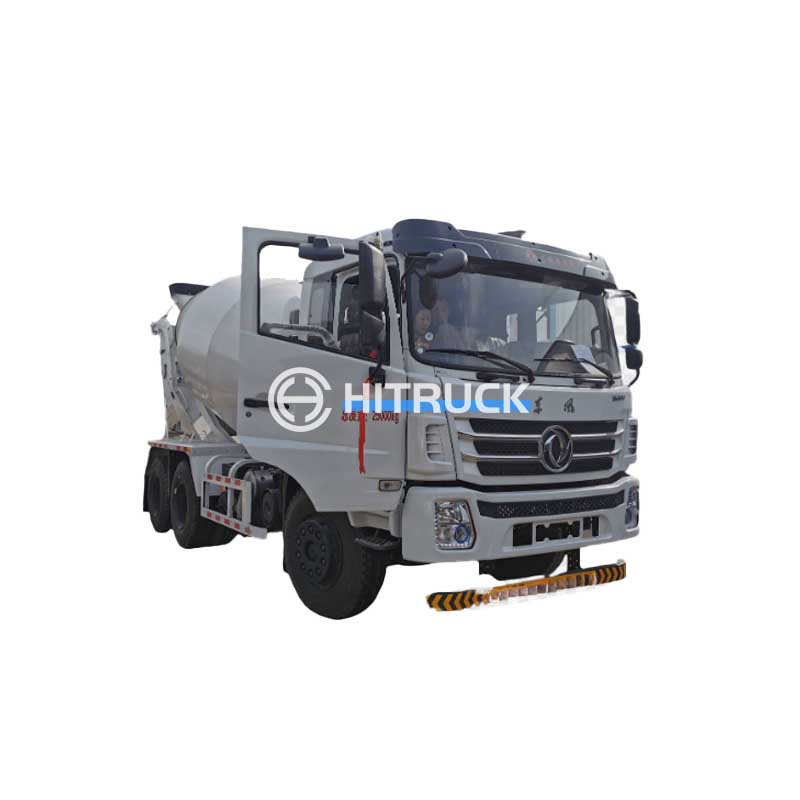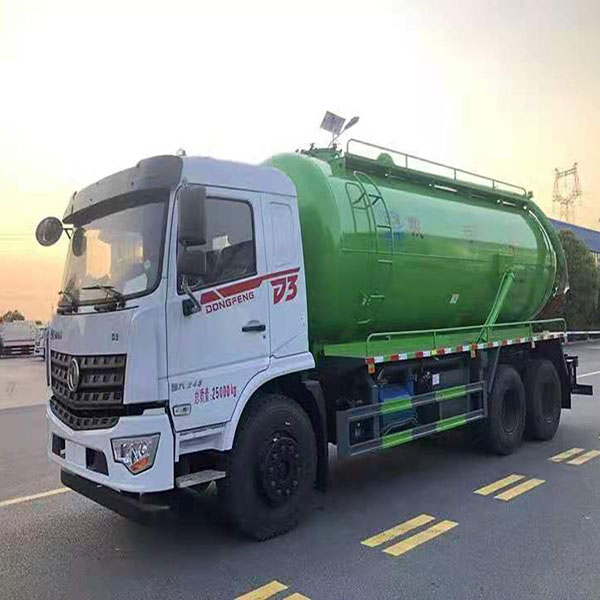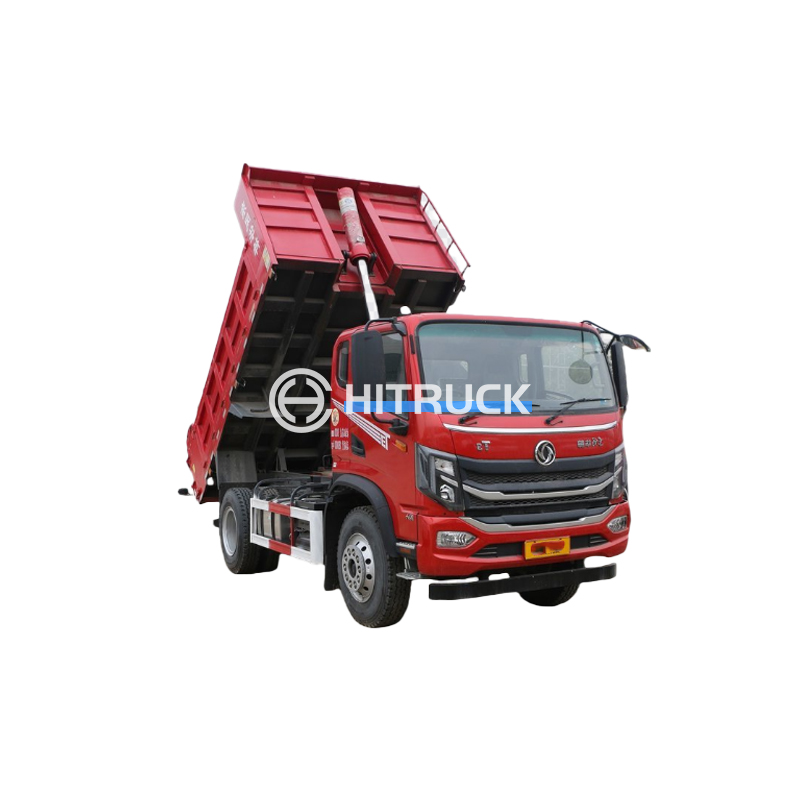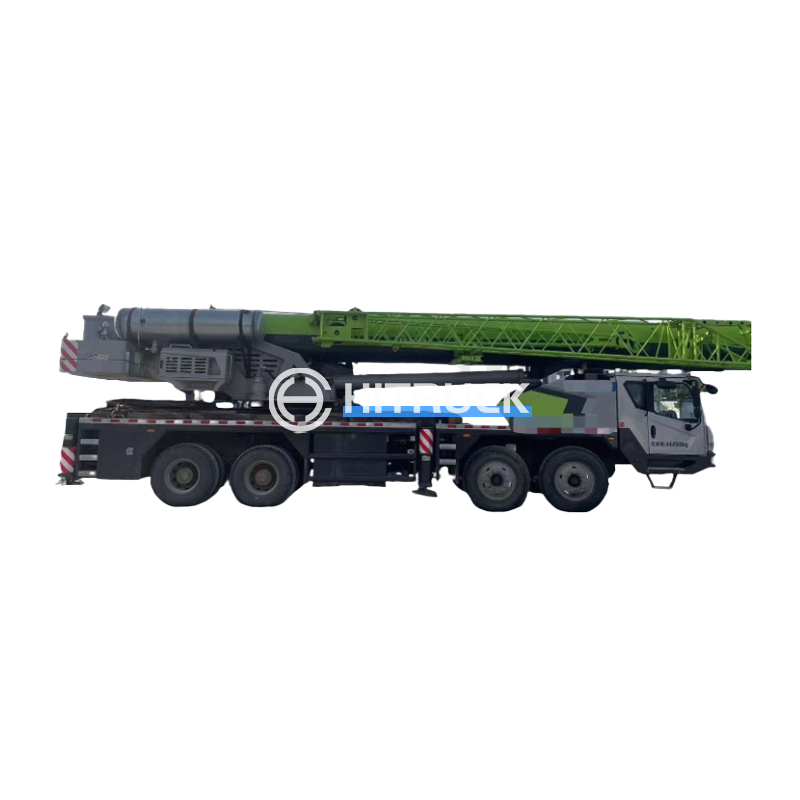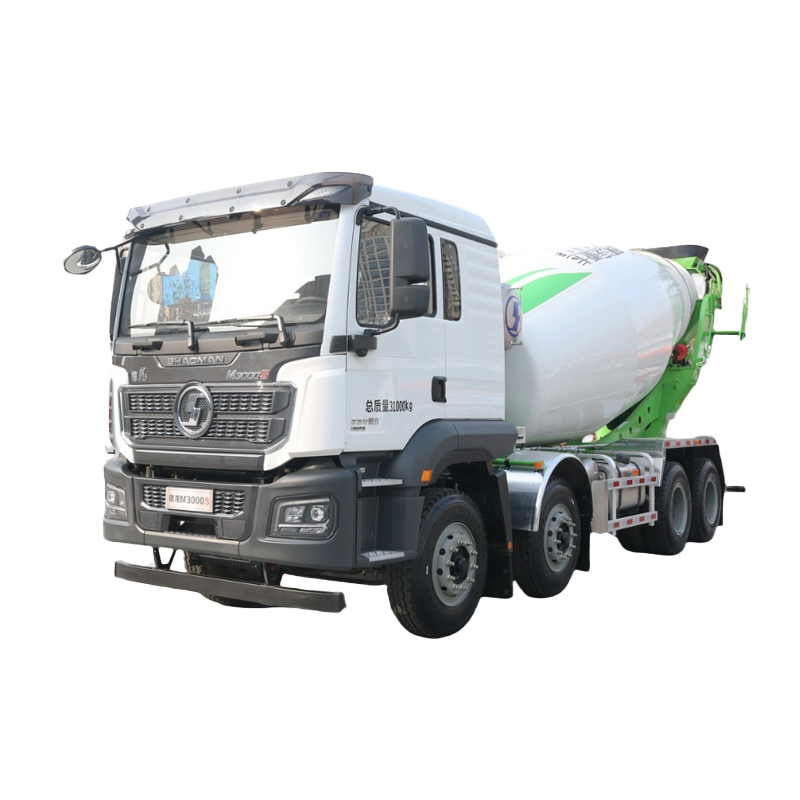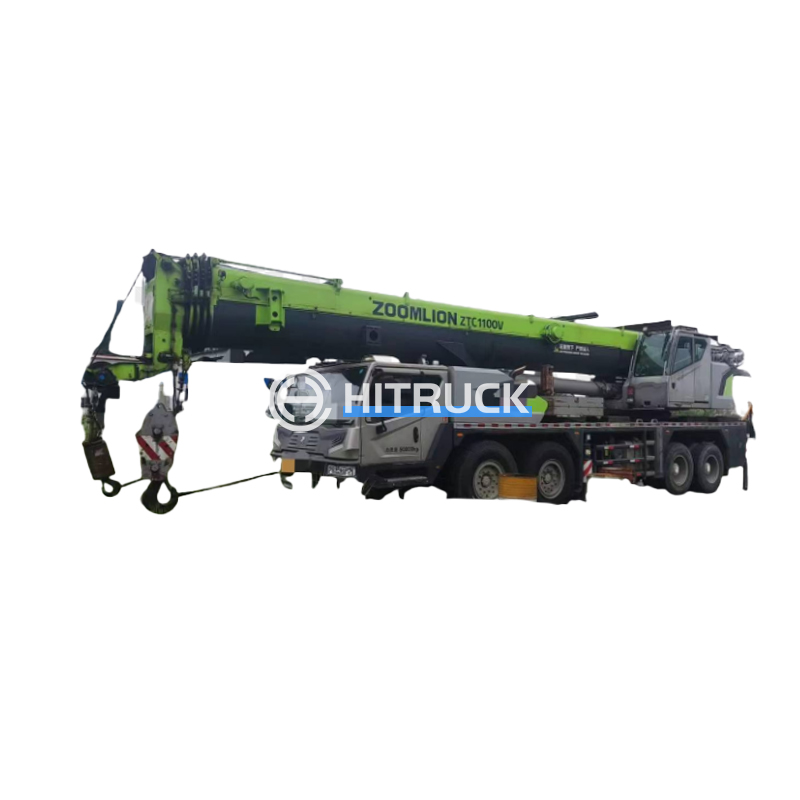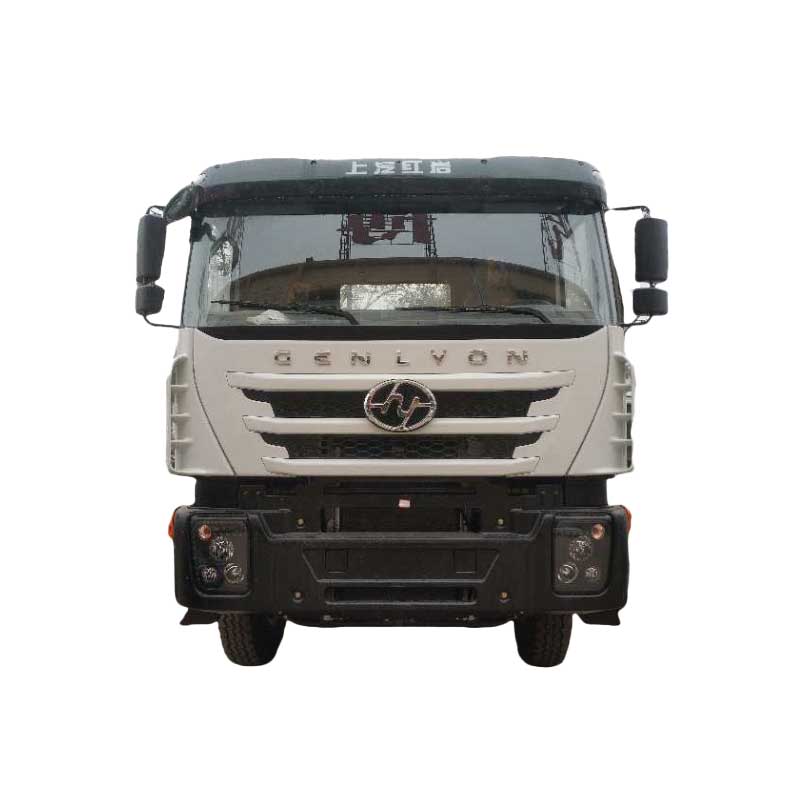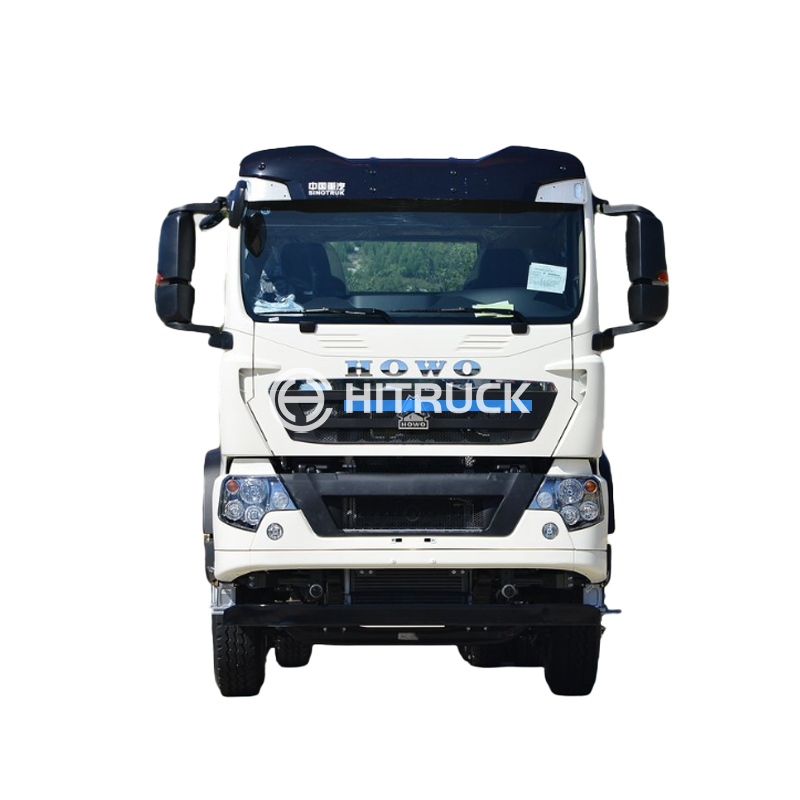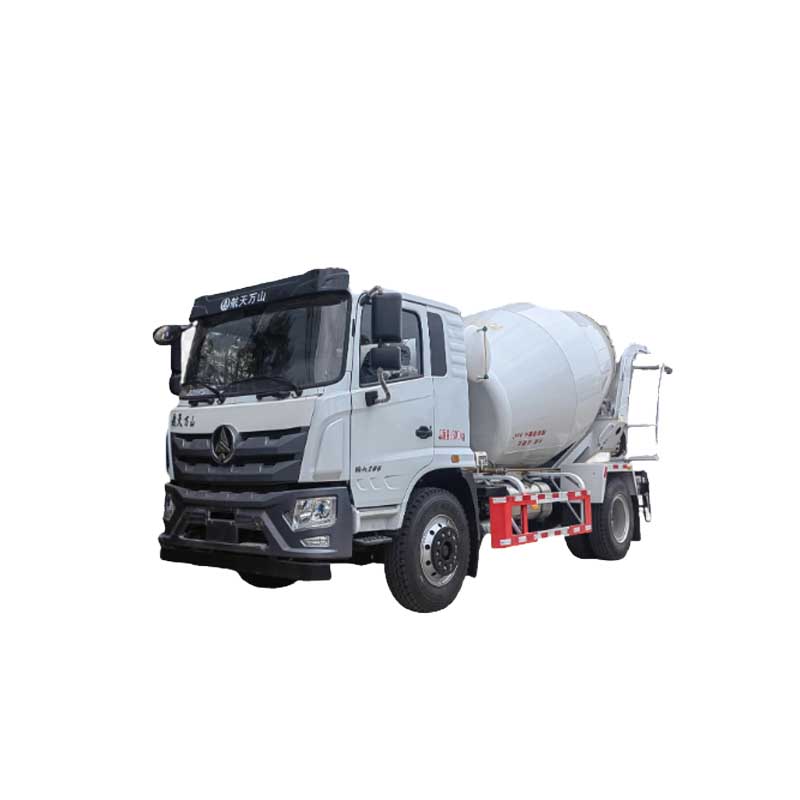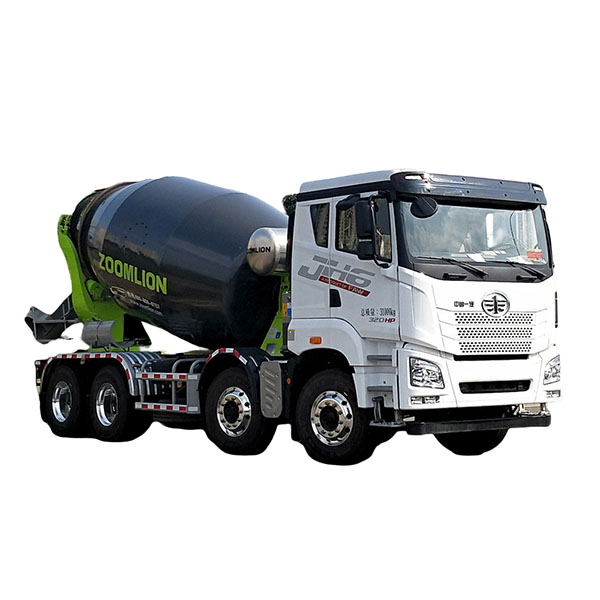Discover everything you need to know about electric flatbed trucks, from their benefits and drawbacks to available models and future trends. This comprehensive guide explores the technological advancements, environmental impact, and economic considerations of transitioning to electric power in the flatbed trucking industry. We'll cover key specifications, real-world applications, and factors to consider when making the switch.
Electric flatbed trucks represent a significant shift in the trucking industry, replacing traditional diesel-powered engines with electric motors. This transition offers several environmental and operational advantages. These vehicles are designed for hauling various loads on open platforms, just like their diesel counterparts, but with zero tailpipe emissions. Many models are being developed to meet diverse cargo and hauling requirements.
The benefits of choosing an electric flatbed truck are numerous: reduced operating costs due to lower electricity prices compared to diesel, significant reductions in greenhouse gas emissions contributing to a cleaner environment, quieter operation leading to improved working conditions and reduced noise pollution, and potential eligibility for government incentives and tax credits designed to promote electric vehicle adoption. For businesses committed to sustainability, this is a powerful combination of benefits.
While the advantages are compelling, it's crucial to acknowledge the challenges: higher initial purchase price compared to diesel counterparts, limited range and charging infrastructure compared to the established diesel fueling network, longer refueling (recharging) times, and potential concerns about battery life and replacement costs over the vehicle's lifetime. Careful consideration of these factors is essential for informed decision-making.
The payload capacity and range of an electric flatbed truck are critical considerations. The range will significantly impact operational logistics, requiring careful planning of routes and charging stops. Payload capacity, of course, needs to meet your specific hauling requirements. Check manufacturers' specifications carefully to ensure a suitable match for your needs.
The availability of charging infrastructure is a key limiting factor for electric flatbed trucks. Consider the proximity of charging stations along your typical routes and the charging time required. Investing in on-site charging capabilities might be necessary for optimal efficiency. Many manufacturers offer various charging solutions to work with various charging infrastructure solutions.
Electric vehicles often have different maintenance requirements than diesel vehicles. Battery maintenance, software updates, and specialized repair services are all considerations. Research the service network of the manufacturer to ensure adequate support and minimize downtime.
Several manufacturers are entering the electric flatbed truck market, offering various models with different specifications. Researching different models from various manufacturers is crucial to find the best fit for your specific operational needs. Look into the technical specifications, such as motor power, battery capacity, and available features for each model. This research is paramount to making an informed decision.
While specific models are constantly evolving, researching manufacturers like Rivian, Tesla (Semi-trucks), and various smaller companies specializing in electric commercial vehicles will yield the most up-to-date information.
The electric flatbed truck market is rapidly expanding. Technological advancements in battery technology, charging infrastructure development, and increasing government support are all driving the transition toward electric power. Expect to see a significant increase in the availability of models and a broader adoption in the coming years. We anticipate longer ranges, faster charging times, and more competitive pricing, making the switch even more attractive.
Choosing the right electric flatbed truck requires careful consideration of various factors. By understanding the advantages and disadvantages, available models, and future trends, businesses can make informed decisions that optimize their operations while contributing to a more sustainable future. For more information on electric commercial vehicles, you can also visit Suizhou Haicang Automobile sales Co., LTD to see their range of products.

